Since late 2022, global markets have witnessed a striking economic shift. Oil prices have tumbled, while copper prices have climbed to new heights. This divergence, dubbed “The Great Divergence,” challenges decades of correlation between these two commodities. For investors and analysts, understanding why oil collapsed while copper soared offers critical insights into current economic trends. Let’s break down the key drivers behind this unusual split.
The Collapse of Oil Prices
Oil prices, once a barometer of global economic health, have fallen sharply since October 2022. Several factors have fueled this decline:
- Weakened Demand: Rising energy efficiency and the growing adoption of electric vehicles (EVs) have cut oil demand. In 2022, supply outpaced demand by over 1 million barrels per day, despite OPEC+ cuts.
- Geopolitical Shifts: Russia’s search for new oil buyers amid sanctions, combined with uncertain Chinese demand post-COVID, has pressured prices. Winter storms also disrupted U.S. supplies, but the market absorbed the impact.
- Central Bank Policies: Rising interest rates and a banking crisis in early 2023 triggered a $11 per barrel drop in crude futures, overshadowing any demand recovery hopes.
- Stockpile Buildup: U.S. crude inventories grew, signaling oversupply and fading market optimism, pushing West Texas Intermediate (WTI) prices down from $91 to around $63 by mid-2025.
This collapse suggests oil’s dominance may be waning, especially as the world pivots to cleaner energy.
The Rise of Copper Prices
In contrast, copper has defied economic headwinds, soaring since late 2022. Here’s what’s driving this surge:
- Supply Shortages: Copper inventories hit their lowest levels since 2015, with mining output growing slowly. New mine approvals stalled, and depleted reserves limit supply growth.
- Infrastructure Boom: The U.S. Infrastructure Bill, with $550 billion in new spending, and China’s post-COVID construction revival have boosted copper demand, especially for wiring and green projects.
- Energy Transition: Copper’s role in EVs, solar panels, and data centers has skyrocketed. Analysts predict a 10-million-ton shortfall by 2035 as demand triples by 2040.
- Economic Resilience: Despite a sluggish Chinese economy, net copper imports rose in 2023, driven by massive solar park builds, pushing prices from $3.38 to over $11,000 per ton by 2025.
Copper’s rally reflects a shift toward industrial and green economies, earning it the nickname “the new oil.”
Why the Divergence Happened
The split between oil and copper stems from fundamental differences in their market dynamics:
- Demand Trends: Oil faces declining road transport use, offset slightly by aviation and plastics. Copper benefits from steady growth in electrification and infrastructure, outpacing supply constraints.
- Economic Signals: Oil tracks white-collar economic health, which weakened in 2022 with tech stock declines. Copper mirrors the blue-collar boom in manufacturing and green investments.
- Policy Impact: Tight monetary policies hurt oil demand, while fiscal stimulus and green initiatives prop up copper. China’s easing of property lending further supports copper’s rise.
- Inventory Levels: Oil stockpiles grew, signaling oversupply. Copper’s tight supply, worsened by slow mining growth, sustains its price strength.
This divergence highlights a broader transition from fossil fuels to renewable infrastructure.
Implications for Investors
This shift carries significant lessons for investors:
- Reassess Portfolios: Oil-heavy investments may underperform as demand wanes. Copper-related assets, like mining stocks or ETFs, offer growth potential.
- Long-Term Outlook: Copper’s supply gap suggests sustained price increases, while oil may plateau or decline by the 2030s as demand peaks.
- Diversify Risks: Balancing energy and industrial metals can hedge against volatile commodity cycles. Monitor China’s recovery and U.S. policy shifts for cues.
Final Thoughts
The Great Divergence since 2022 marks a turning point in commodity markets. Oil’s collapse reflects a world moving beyond traditional energy, while copper’s soar signals a future built on green technology and infrastructure. This trend challenges old assumptions and invites investors to adapt. Stay informed and adjust strategies to thrive in this evolving landscape.
Want to sharpen your investment skills? Check our free tips for top strategies. They’re packed with value! Read more on our blog: Investment Blog..

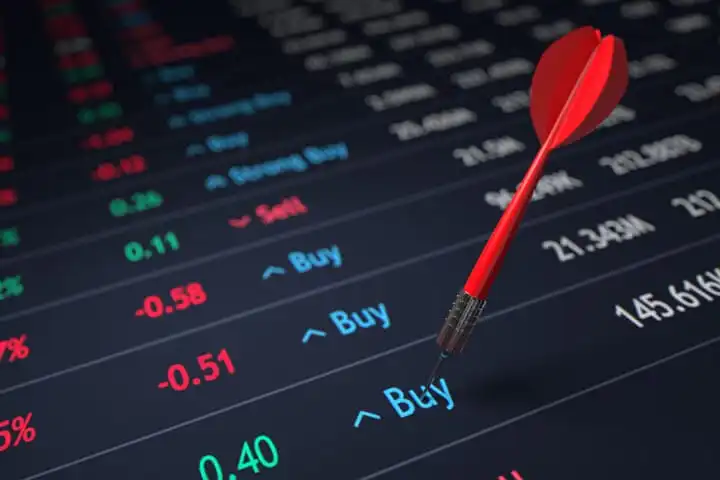
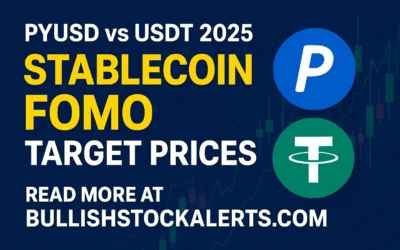


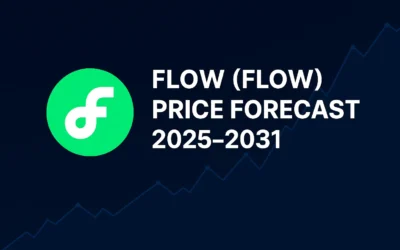
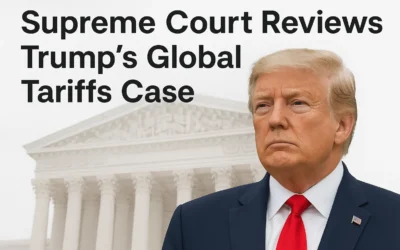

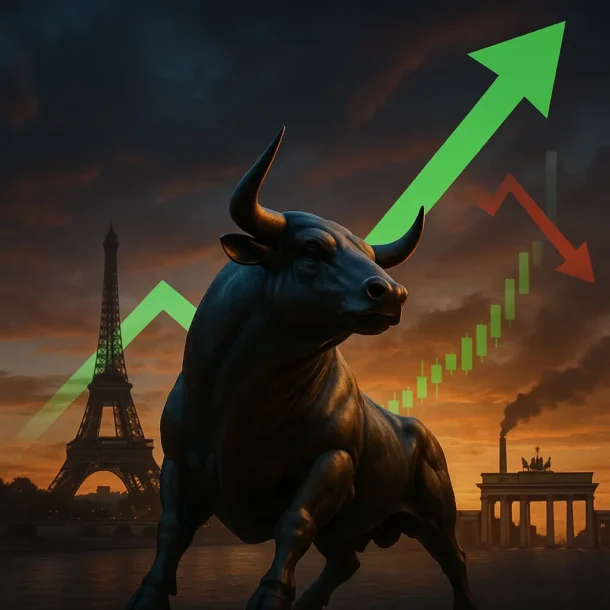
0 Comments